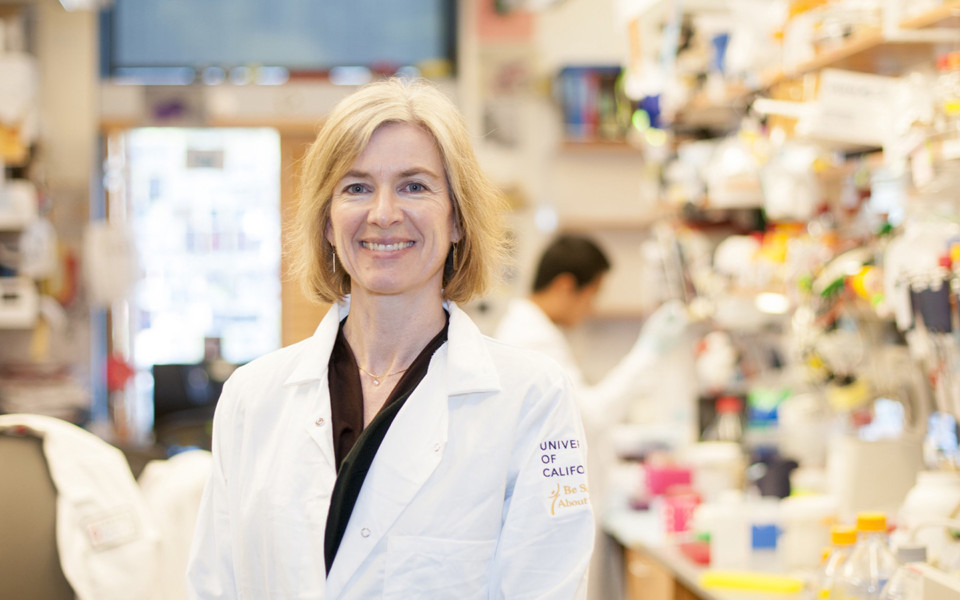CRISPR Pioneer Jennifer Doudna on the Future of Disease Detection
2012, scientists Jennifer Doudna and Emmanuelle Charpentier published a seminal study describing a tool called CRISPR that could be used to make cuts in DNA. Since then, CRISPR research has taken off, and its ability to edit genes has made it a tantalizing approach to treating disease at its root cause. But CRISPR’s other major trait — searching for a particular genetic sequence — could also make it a breakthrough for detecting disease.
Currently, diagnosing infectious diseases relies on outdated testing methods that can take days to render a result. For cancer patients, new tests that decode the genetic makeup of a tumor can help guide treatment, but these diagnostics are expensive and not always covered by insurance. Doudna, a biochemist at the University of California, Berkeley, thinks CRISPR could be a quicker and cheaper way to diagnose a variety of different medical conditions and thus help patients get treated faster. She’s co-founded a biotech startup in San Francisco called Mammoth Biosciences, which is developing portable, paper-based tests that could be used in hospitals, in doctor’s offices, and even at home to instantly provide a readout — it’s akin to a pregnancy test but for diseases like the flu, Ebola, and more.
Doudna spoke with OneZero about CRISPR’s promise for disease detection. And in case you missed it, here’s our story on Mammoth and its competitor, Sherlock Biosciences of Boston, which also details how CRISPR works.


